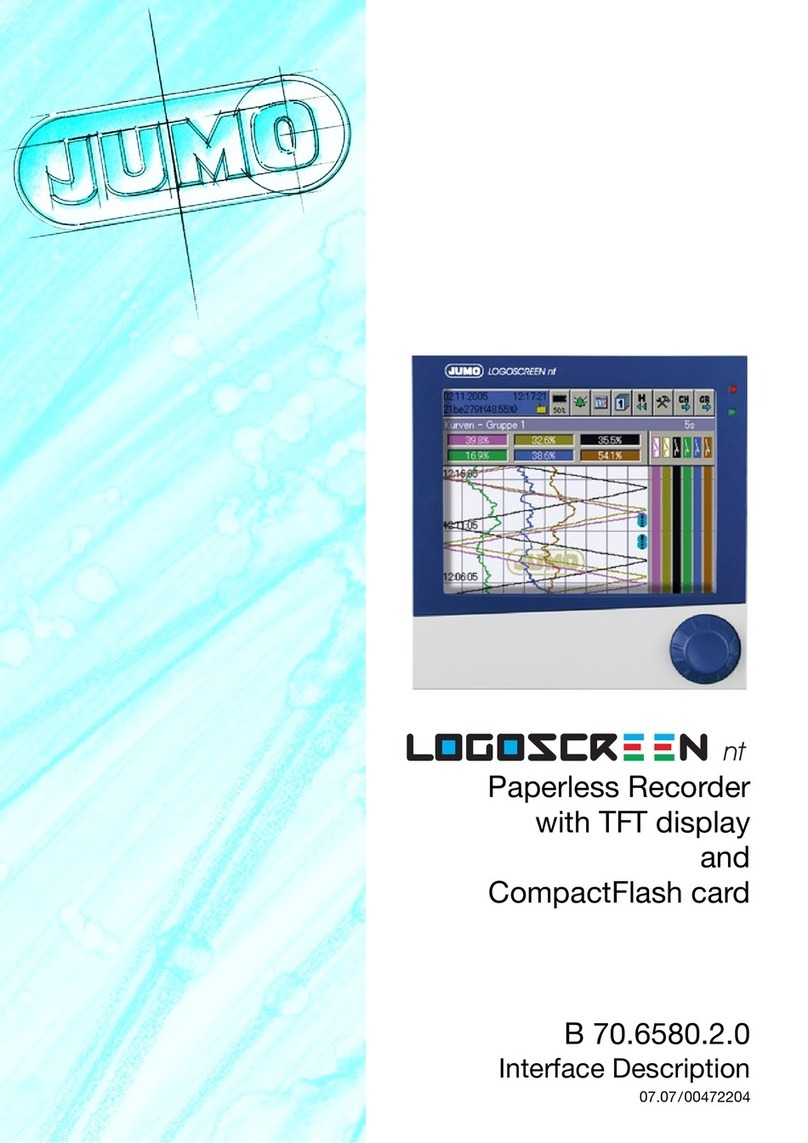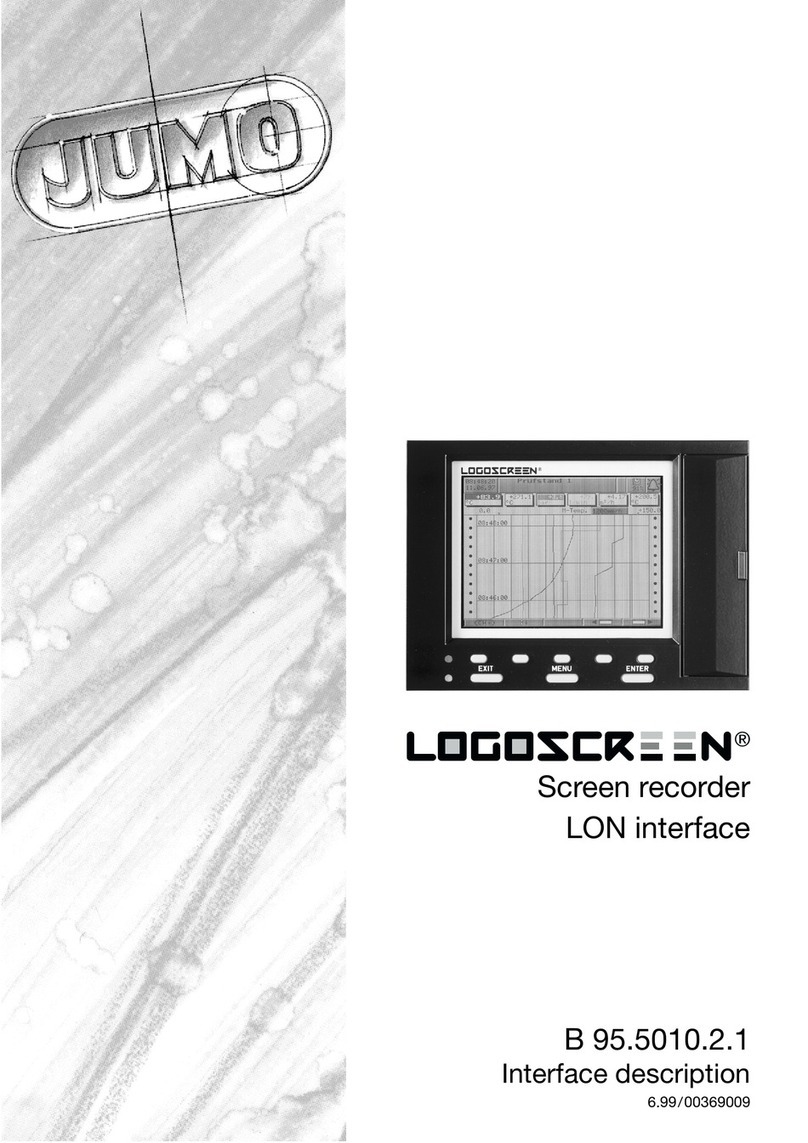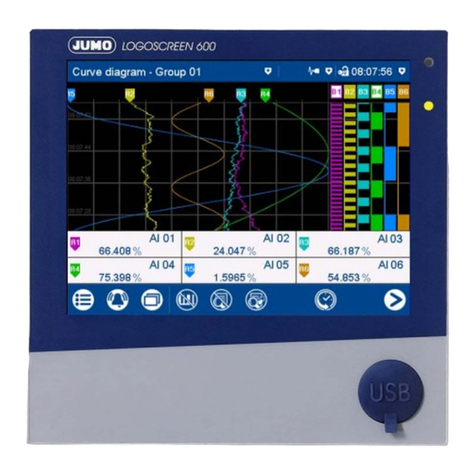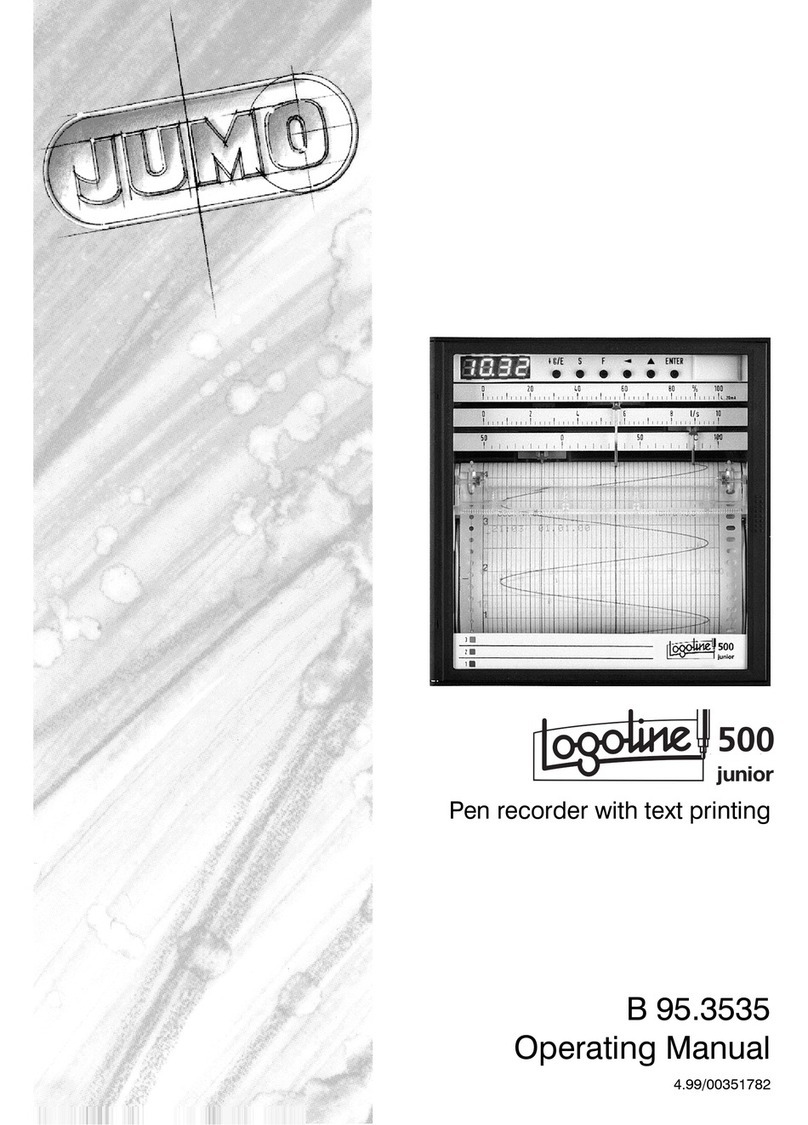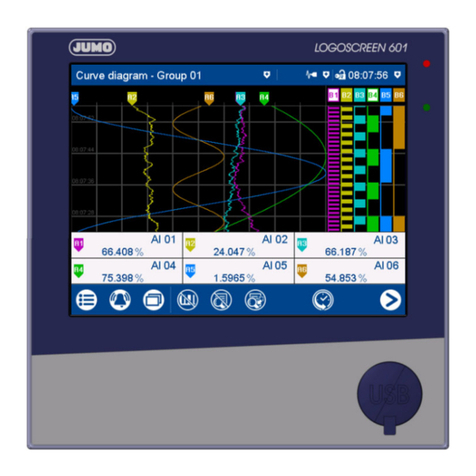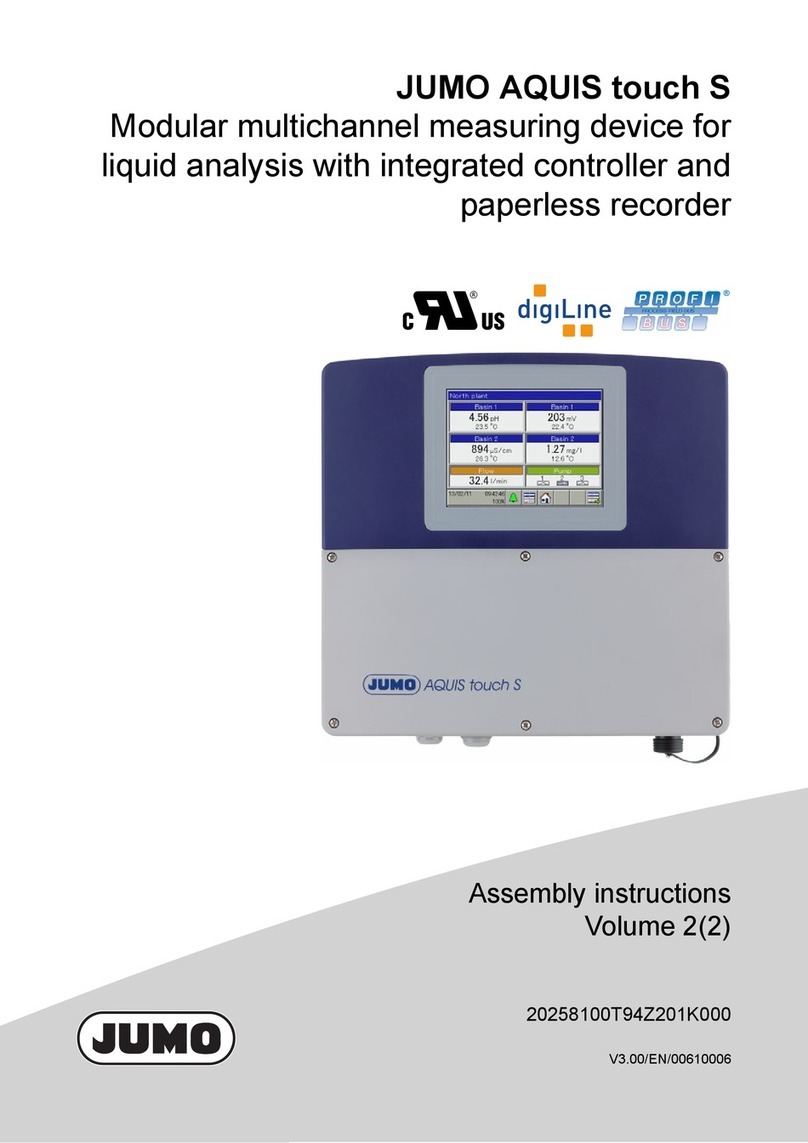
Contents
8 Programming 47
8.1 Basic status ............................................................................................................ 47
8.2 Operating level ....................................................................................................... 49
8.2.1 Chart speed ............................................................................................................ 50
8.2.2 Print test .................................................................................................................. 51
8.2.3 Service print ............................................................................................................ 52
8.2.4 Level inhibit and code request ............................................................................... 53
8.3 Parameter level ....................................................................................................... 55
8.3.1 Language ................................................................................................................ 56
8.3.2 Date and time ......................................................................................................... 57
8.3.3 Summer time .......................................................................................................... 58
8.3.4 Display brightness .................................................................................................. 59
8.3.5 Relay limits .............................................................................................................. 60
8.3.6 Display of time ....................................................................................................... 61
8.4 Configuration level 1 ............................................................................................... 62
8.4.1 Writing status .......................................................................................................... 63
8.4.2 Measurement/signal input .................................................................................... 64
8.4.3 Scaling .................................................................................................................... 73
8.4.4 Channel designation .............................................................................................. 74
8.4.5 Limit operation ........................................................................................................ 75
8.4.6 Plotarea (zoom) ...................................................................................................... 76
8.4.7 Presentation range (offset) ..................................................................................... 77
8.5 Configuration level 2 ............................................................................................... 78
8.5.1 Instrument designation ........................................................................................... 80
8.5.2 Speed programming mode .................................................................................... 81
8.5.3 Speed limit operation ............................................................................................. 82
8.5.4 Timed operation ..................................................................................................... 83
8.5.5 Scale printing .......................................................................................................... 84
8.5.6 Time printing ........................................................................................................... 85
8.5.7 Pen offset compensation ........................................................................................ 86
8.5.8 Statistical report ..................................................................................................... 87
8.5.9 Text at beginning .................................................................................................... 88
8.5.10 Text at end .............................................................................................................. 89
8.5.11 Presetting ................................................................................................................ 90
8.5.12 Codenumber .......................................................................................................... 91
8.6 Configuration level 3 ............................................................................................... 92
8.6.1 Relay output ........................................................................................................... 93
8.6.2 Maths and logics module ....................................................................................... 95
8.6.3 Interface .................................................................................................................. 96
8.6.4 External text ............................................................................................................ 98
8.6.5 Binary-linked external text ...................................................................................... 99
8.6.6 External stop ......................................................................................................... 100
8.6.7 External speed ...................................................................................................... 101
8.6.8 Event counter ....................................................................................................... 102
8.6.9 External scaling .................................................................................................... 103
8.6.10 External report ...................................................................................................... 104
